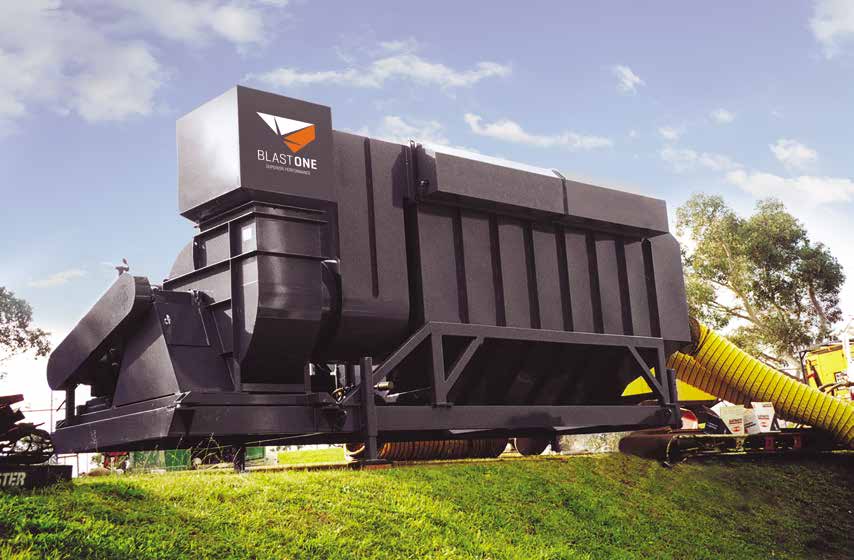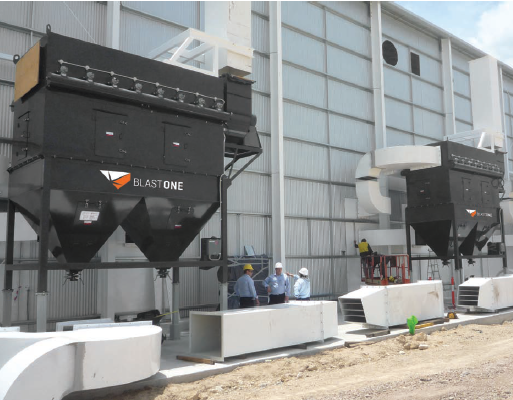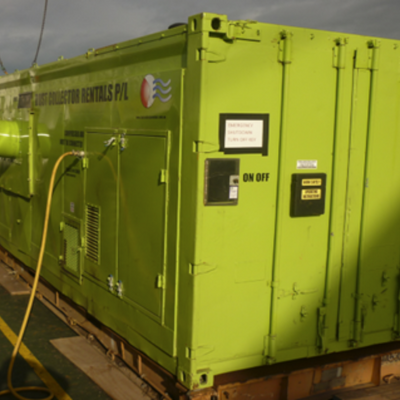This blog post serves as a companion to your dust collector’s operation manual, offering a breakdown of key engine controls and essential procedures for efficient operation.
Engine and Power System:
- Engine: The engine powers the large fan that draws air through the dust collection system.
- Hydraulic Pump: Driven by the engine, the hydraulic pump provides power to operate the auger, which removes accumulated debris from the primary chamber.
Engine Gauges:
Your dust collector is equipped with several gauges to monitor its vital functions:
- Oil Pressure Gauge: Monitors the engine’s oil pressure, ensuring proper lubrication.
- Engine Temperature Gauge: Indicates the engine’s operating temperature.
- Voltage Gauge: Displays the electrical system’s voltage level.
- RPM Gauge (Revolutions Per Minute): Shows the engine’s speed.
Starting Procedures:
- Clutch Engagement: Ensure the clutch is engaged before starting the engine.
- Optimal RPM: Consult your manual for the recommended RPM range for optimal performance during operation.
- Cabinet Clearance: Always maintain a clear space around the dust collector to avoid airflow obstruction.
- Override Button and Key Start: Refer to your manual for the specific starting sequence, which may involve pressing the override button followed by turning the key.
Daily Inspections and Maintenance:
- Door Closure: Ensure all doors are closed securely after completing daily inspections.
- Hatch Seals: Verify that all hatches are properly sealed to maintain efficient airflow and filtration through the ducting system.
High-Capacity Dust Collectors (40,000 CFM):
These models might have:
- Dual Ducting Systems: They can draw air from two separate areas of your containment zone.
- Receiving Tank: This tank holds compressed air for the valves and needs to be drained daily. The amount of moisture buildup depends on the ambient humidity and the dust collector’s air intake volume.
Additional Tips:
- Lead Abatement: When working with lead-containing environments, ensure your containment is completely sealed to prevent lead dust from escaping.
- Filter Disposal: Used filters are considered hazardous waste and require proper disposal according to local regulations.
- Valve Pulsing: If you don’t hear the characteristic “ksch” sound of the valves pulsing, consult your user manual for troubleshooting steps. You can also contact BlastOne for additional assistance.
Remember:
- Refer to your user manual for the most accurate and detailed information specific to your dust collector model.
- Contact BlastOne if you have any questions or encounter operational difficulties.
By understanding your dust collector’s engine controls and adhering to these essential procedures, you can ensure optimal performance, efficient dust collection, and a safe working environment.
 My Account
My Account






